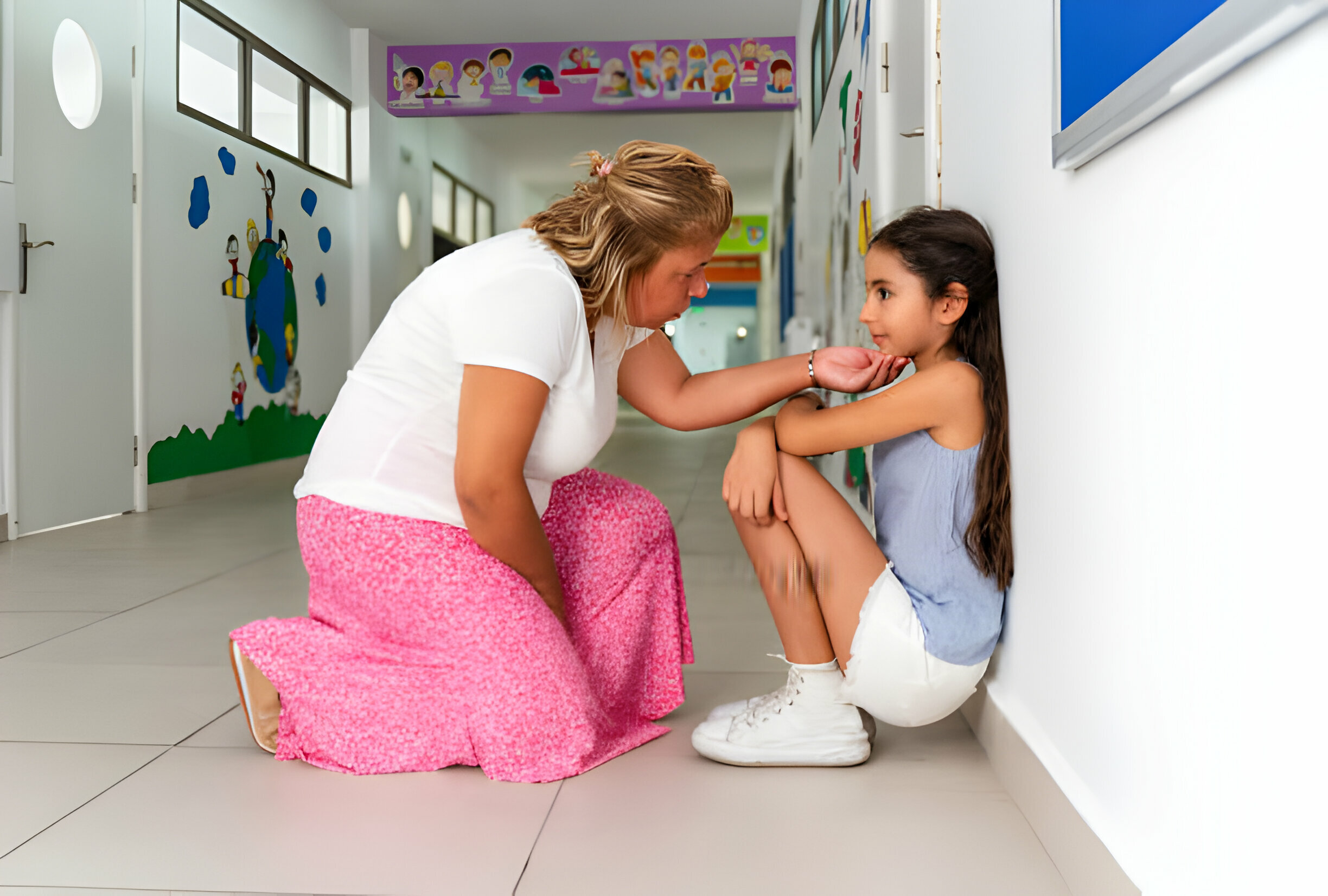Expressive Arts Therapy is a powerful and transformative approach to mental health and well-being that harnesses the creative process to explore and articulate emotions, thoughts, and experiences. In this blog post, we will delve into the world of Expressive Arts Therapy, exploring its principles, benefits, and practical ways individuals can incorporate creative expression into their healing journey.
Understanding Expressive Arts Therapy:
1. The Multimodal Approach:
- Expressive Arts Therapy incorporates various creative modalities, including visual arts, music, dance, drama, and writing. This multimodal approach allows individuals to choose the form of expression that resonates most with them.
2. Non-Verbal Communication:
- Recognizing that not everyone finds it easy to express themselves verbally, Expressive Arts Therapy emphasizes non-verbal communication through the arts. This opens up avenues for individuals to convey complex emotions that may be challenging to articulate verbally.
3. Process-Oriented Focus:
- The therapeutic emphasis is on the process of creating rather than the end result. This allows individuals to explore and embrace their creativity without judgment or pressure to produce a “perfect” piece of art.
4. Mind-Body Connection:
- Engaging in creative expression fosters a mind-body connection, promoting self-awareness and mindfulness. The process encourages individuals to be present in the moment and connect with their emotions.
Benefits of Expressive Arts Therapy:
1. Emotional Release:
- Creative expression provides a safe outlet for emotions, allowing individuals to release and process feelings that may be difficult to express verbally.
2. Stress Reduction:
- Engaging in creative activities has been shown to reduce stress levels by promoting relaxation and diverting attention from daily stressors.
3. Self-Exploration:
- Expressive Arts Therapy facilitates self-exploration and self-discovery. Through the creative process, individuals can gain insights into their thoughts, feelings, and experiences.
4. Building Resilience:
- The therapeutic nature of creative expression fosters resilience by encouraging individuals to confront and navigate challenges in a supportive and non-judgmental environment.
5. Enhancing Communication:
- For individuals who struggle with verbal communication, expressive arts provide alternative ways to communicate thoughts and emotions, improving overall communication skills.
6. Promoting Mindfulness:
- Engaging in creative activities encourages mindfulness, focusing on the present moment and promoting a sense of calm and centeredness.
7. Strengthening Self-Esteem:
- Success in the creative process, irrespective of artistic skill, can boost self-esteem and confidence, fostering a positive self-image.
Practical Ways to Incorporate Expressive Arts:
1. Journaling and Writing:
- Write about your thoughts and emotions, or explore creative writing through poetry, storytelling, or journaling.
2. Visual Arts:
- Create visual art through drawing, painting, or sculpting. Focus on the process rather than the outcome.
3. Music and Sound:
- Play an instrument, create music playlists, or experiment with soundscapes to express emotions through auditory experiences.
4. Movement and Dance:
- Engage in dance or movement exercises to express emotions through bodily movements and gestures.
5. Drama and Role-Playing:
- Use drama and role-playing to explore different perspectives and scenarios, providing a creative outlet for self-expression.
6. Collage and Mixed Media:
- Create collages using various materials to visually represent thoughts, feelings, and aspirations.
7. Group Sessions:
- Participate in group expressive arts sessions to foster a sense of community and shared creativity.
Conclusion:
Expressive Arts Therapy is a holistic and inclusive approach that recognizes the therapeutic potential of creative expression. By engaging in diverse artistic activities, individuals can embark on a journey of self-discovery, emotional release, and healing. Whether done individually or in a therapeutic setting, expressive arts offer a unique and powerful way to tap into the inherent creativity within us all.




Leave a Reply